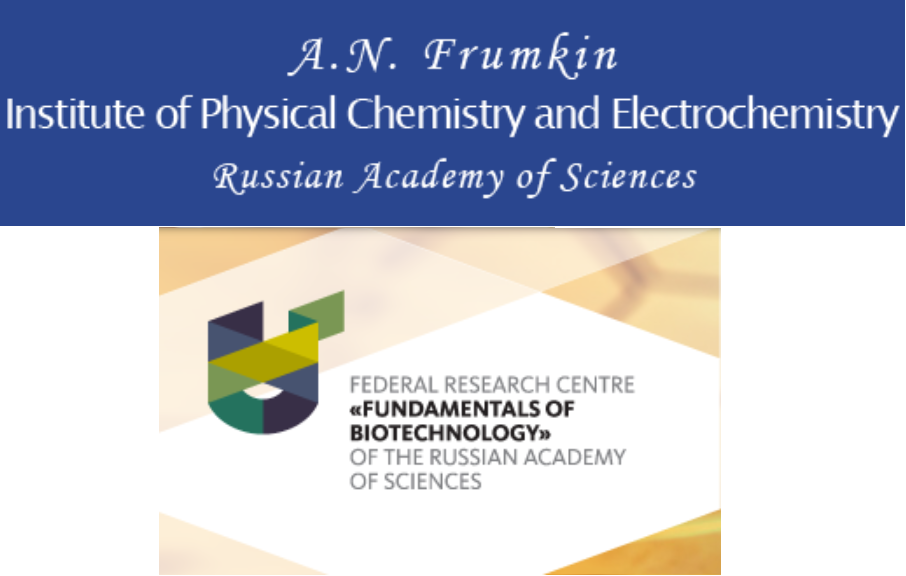There are many bodies of water in the world that are polluted with radioactive materials. Ground water may penetrate underground repositories and spread radioactive materials far beyond the storage facility. There are ways to deal with radioactive materials dissolved in water but there is no widespread cheap technique. Research into the interaction of radioactive waste in liquids and bacteria have been researched since the 1980s.
In 2014, researchers at the University of Manchester in the U.K. announced that they had identified that bacteria that can affect toxic waste dissolved in water. These bacteria have been found in pure soil samples before but in Manchester, they found that such bacteria could survive in the harsh conditions of nuclear waste disposal sites.
When intermediate level nuclear waste is encased in concrete and stored underground, ground water will eventually permeate the concreate and become very alkaline. This chemical change leads to a series of chemical reactions which breakdown cellulosic materials present in the waste.
A product of these reactions is isosaccharinic acid (ISA) which can bind with a variety of radionuclides and make them more soluble. This means that radioactive materials could migrate out of the storage facility and threaten bodies of water in the environment that are used for agriculture and as a source of drinking water.
The researchers have discovered that there are bacteria classified as “extremophile” which are able to thrive in a toxic soup containing isosaccharinic acid (ISA). Their research continues on what effect such bacteria might have on radioactive materials in underground storage facilities.
Now researchers at the A.N. Frumkin Institute of Physical Chemistry and Electrochemistry in Moscow and the Russian Academy of Sciences Research Center for Biotechnology have discovered microorganisms that may be useful in protecting the environment from radioactive materials in bodies of water.
The Russian research team was studying the microbiology of the ground water at the Seversky deep radiation burial site in Seversk which is located in the Tomsk region of south-central Siberia. The Siberian Chemical Combine supplies and reprocesses low enriched uranium for nuclear fuel. It stores liquid radioactive waste at the Seversky burial site.
What the research team found was that there were bacteria in the water that were able to chemically lock radionuclide ions into solid forms so that they would not be able to contaminate the surrounding environment. The researchers took the bacteria into the laboratory and explored the best conditions that would allow the bacteria to be the most effective.
They say that the results of their research could be the first step in creating a “biogeochemical barrier” for radionuclides for use in deep burial sites which contain liquid radioactive wastes. Scientists around the globe point out that microbial processes must be considered with respect to projects intended to bury and store nuclear waste which takes millions or even billions of years to decay to a safe level.
The Manchester research team began with an exploration of extremophile bacteria in a non-radioactive environment. Now the Russians have found bacteria in radioactive liquids that actually immobilize radionuclides. Hopefully, these bacteria can be used to make the storage of nuclear wastes underground much safer.
